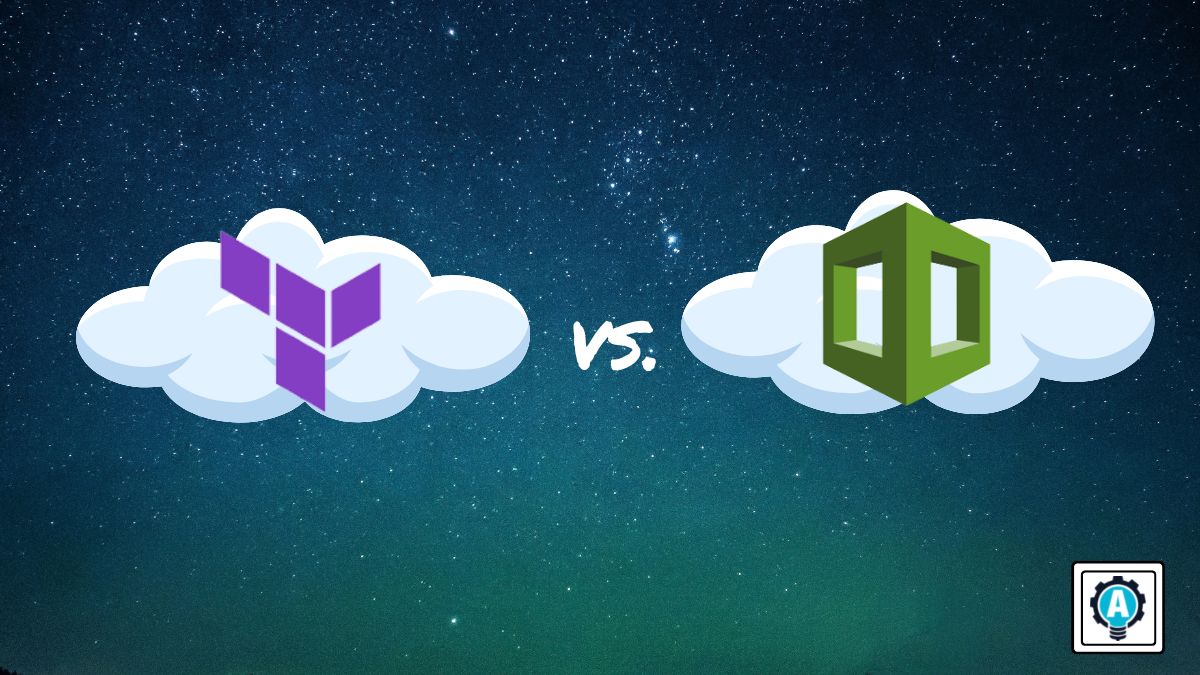Understanding the Basics: Terraform Resources
Terraform Resources are the essential building blocks of Terraform infrastructure management. They represent a single piece of infrastructure, such as a virtual machine, a network interface, or a security group. By defining these resources in a Terraform configuration file, users can declare, manage, and update their infrastructure as code. This approach allows for version control, automated deployments, and consistent management of infrastructure resources.
Diving Deeper: Terraform Modules
Terraform Modules are reusable, composable units that encapsulate multiple resources and configurations, making it easier to manage complex infrastructure setups. By using modules, users can create abstractions that represent common infrastructure patterns, such as load balancers, databases, or virtual networks. These abstractions can be shared, versioned, and reused across different projects and teams, promoting consistency, reducing errors, and enforcing best practices.
Key Differences: Modularity and Reusability
Terraform Modules and Resources have distinct differences that make them suitable for different scenarios. Modules offer several advantages in terms of modularity and reusability. By encapsulating multiple resources and configurations, modules enable users to create abstractions that represent common infrastructure patterns. This modularity simplifies infrastructure management, making it easier to manage complex setups. Reusability, on the other hand, allows users to share, version, and reuse modules across different projects and teams, promoting consistency, reducing errors, and enforcing best practices. In contrast, Terraform Resources are more suitable for managing single, unique resources or when learning Terraform basics.
When to Use Terraform Modules
Terraform Modules offer several benefits that make them the preferred choice in specific scenarios. Firstly, when managing multiple similar resources, modules help streamline infrastructure management by reducing redundancy and ensuring consistency. Secondly, modules promote best practices by enforcing a standardized approach to infrastructure management. This is particularly useful when working with large teams or multiple teams collaborating on the same project. Lastly, modules simplify the process of updating and maintaining infrastructure configurations, as changes made to the module will automatically propagate to all instances using it. By leveraging the power of modules, users can create more robust, scalable, and maintainable infrastructure setups.
When to Use Terraform Resources
There are scenarios where using Terraform Resources directly is more suitable. For instance, when managing a single, unique resource, using resources directly can simplify the configuration and make it more straightforward to understand. Additionally, when learning Terraform basics, working with resources directly can provide a better understanding of the core concepts before diving into more complex modules. However, as the infrastructure grows and the need for reusability, modularity, and consistency becomes more important, transitioning to Terraform Modules is recommended.
Real-World Examples: Terraform Modules vs Resources
Let’s consider an example to illustrate the differences between Terraform Modules and Resources. Imagine you are managing a cloud-based infrastructure with multiple virtual machines, load balancers, and security groups. In this scenario, using Terraform Modules for virtual machines and load balancers can help streamline the configuration and ensure consistency across the infrastructure. By encapsulating the common configurations and resources within modules, you can easily reuse them for different virtual machines and load balancers, reducing redundancy and simplifying updates. On the other hand, security groups might be unique to each virtual machine, making it more appropriate to manage them as individual Terraform Resources.
How to Implement Terraform Modules: A Step-by-Step Guide
To create, use, and share Terraform Modules, follow these steps:
-
Identify the infrastructure components that can be encapsulated within a module, such as virtual machines, load balancers, or databases.
-
Create a new directory for the module and define the necessary resources and configurations within it.
-
Version the module using a version control system, such as Git, to track changes and manage updates.
-
Document the module, including its purpose, input variables, output values, and usage instructions, to help other users understand and reuse it.
-
Collaborate with other team members or the wider Terraform community to improve the module, fix bugs, and add new features.
-
Publish the module to a public or private module registry, such as the Terraform Registry or a private Git repository, to make it easily accessible for reuse.
-
Use the module in your Terraform configurations by referencing its location and specifying any necessary input variables.
-
Test the module thoroughly to ensure it works as expected and integrates seamlessly with your existing infrastructure.
Making the Right Choice: Terraform Modules vs Resources
When deciding between Terraform Modules and Resources, consider the following factors:
-
Reusability: If you need to manage multiple similar resources or promote consistency across your infrastructure, Terraform Modules are the better choice.
-
Complexity: For complex infrastructure setups, Terraform Modules simplify management by encapsulating multiple resources and configurations within a single unit.
-
Unique resources: If you are managing a single, unique resource or learning Terraform basics, Terraform Resources might be more appropriate.
-
Best practices: Terraform Modules help enforce best practices by encapsulating common configurations and resources, ensuring consistency and reducing redundancy.
-
Collaboration: If you are working with a team or sharing your infrastructure configurations with others, Terraform Modules make it easier to collaborate, version, and maintain your infrastructure setups.
By carefully evaluating your infrastructure management requirements, you can make an informed decision on whether to use Terraform Modules or Resources. Remember that Terraform Modules offer significant benefits in terms of modularity, reusability, and consistency, making them a powerful tool for managing complex infrastructure setups.






